how to encourage wildlife
how to encourage wildlife

Encouraging wildlife into your garden can provide huge benefits to your plants and to the creatures that roam and settle within it. If your garden is a little short of feathered, furry and winged friends, look no further – there are many simple things you can do that will turn your garden into a wildlife haven. Let's have a little look at how to encourage wildlife below:
Choose pollen filled plants
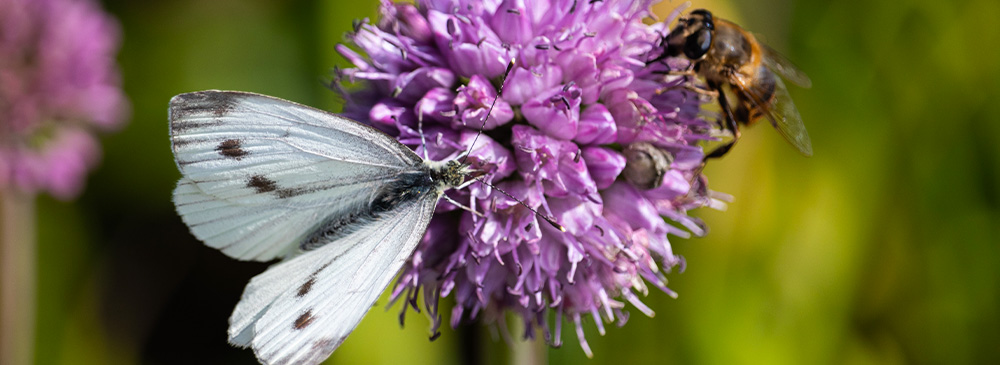
It is important to select plants that are filled profusely with nectar and pollen as this will attract bees and hoverflies that perform an important pollination service, fertilising our favourite varieties to ensure that they can reproduce through seed. Here are just a handful of examples of pollen rich plants that you can easily grow in your garden for year-round interest: Snowdrops, Crocus, Foxgloves, Lavender, Lupin, Salvia, Cosmos, Achillea, Buddleja...to name a few!
Grow a variety of trees and shrubs
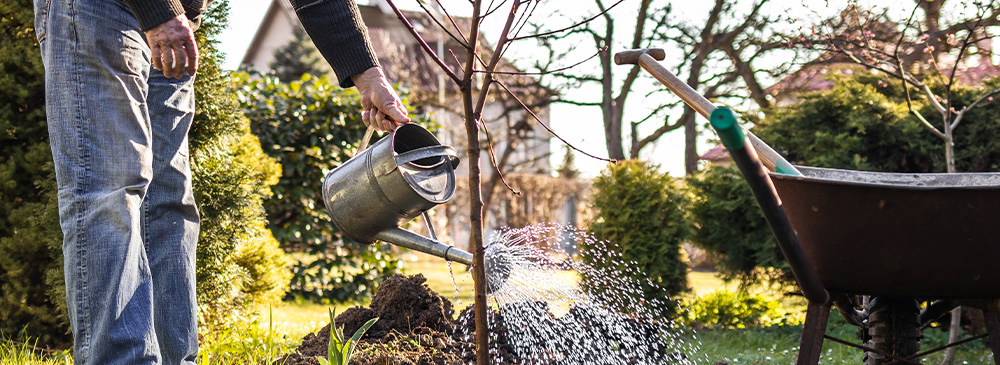
Shrubs and trees are generally found to support more of our wildlife. Larger varieties can often form as protection, shelter and nesting sites for all types of insects, birds and squirrels. Examples are: Malus, Ilex, Cornus, Viburnum, Prunus and Amelanchier.
Provide food and water
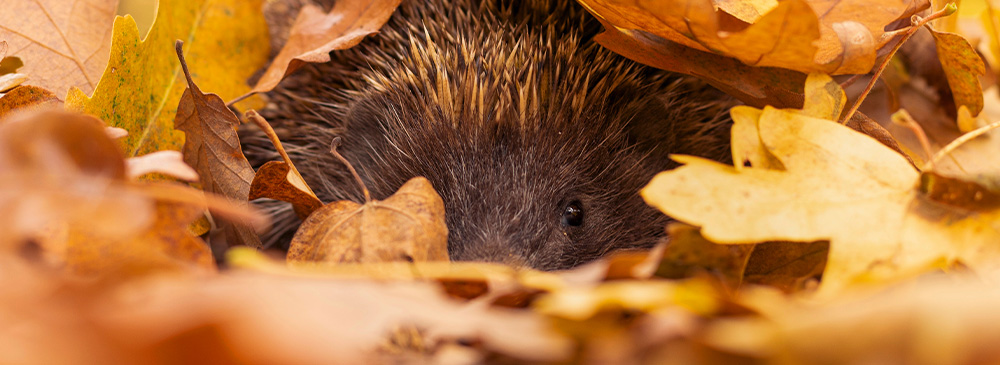
It is important to provide plenty of fresh food and water for birds and nocturnal wildlife such as hedgehogs. During the winter period, it is crucial that supplementary food and water is put in place as this can often be the difference between life and death. Scatter a mix of seeds, fat balls, peanuts and berries around the garden and keep a fresh supply of clean, unfrozen water that is protected from cats and other prey.
Create a rock garden
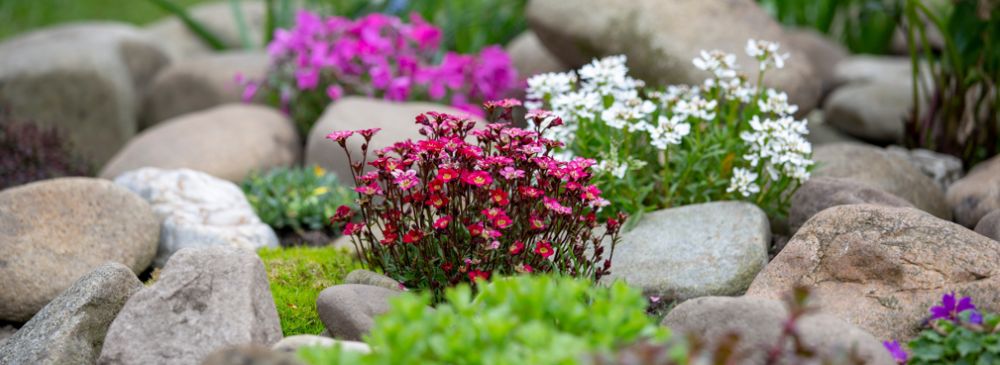
This needn’t be a large scale architectural job - accumulate a small pile of rocks and stones as this will provide the perfect habitat for insects and for hibernating reptiles and amphibians. If you are fond of keeping a pristine space, tuck these away in hidden corners or at the back of a border or shed. Plus, they're often very shallow rooted plants, making it a low maintence way to create a mini outdoor haven!
Small space sanctuaries
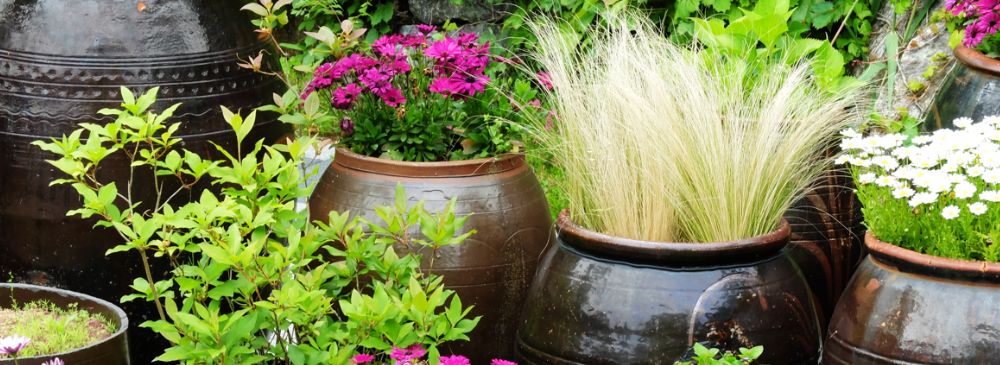
If you're limited on space, having a handful of potted pollen-rich perennials and annuals can be a great advantage and pitstop for pollinators. If you want interest for more than a handful of months in the year, think about creating a 'bulb lasagne' and topping with shallow soil loving plants like groundcover Phlox, Armeria, Sedums or long flowering, hardy, fragrant, Nemesia Melody; grasses are great for texture, create mini hideouts for insects...and look fab too!
Compost isn't just for plants!
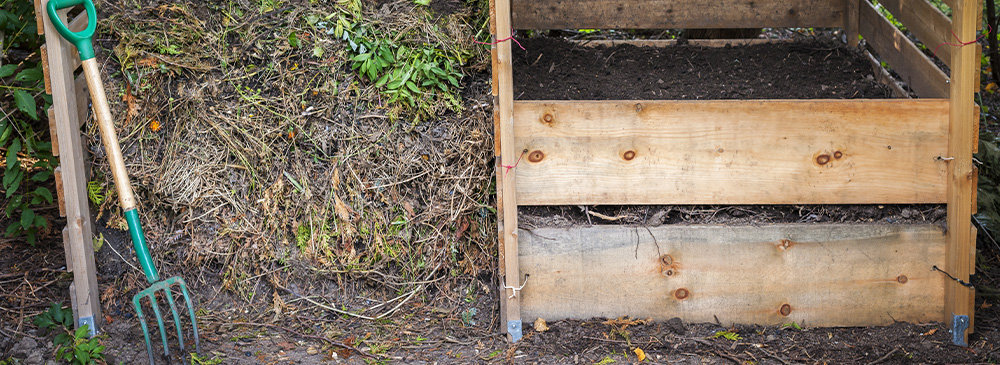
Not only is creating your own compost beneficial for plants (and not to mention reducing your plant waste), it's also fantastic for local wildlife! Worms, toads, woodlice and springtails will all love creating a home amongst the organic matter, in turn, they help to accelerate the decomposing process.




